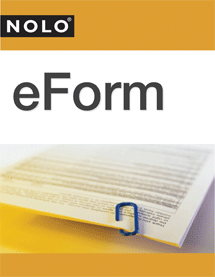Judgment creditors can use a property levy in order to take certain items of your personal property.
If a creditor sues you and gets a judgment against you, it can take specific items of your personal property to get paid. The judgment creditor must first obtain a writ of execution from the court before it can instruct the sheriff or marshal to levy your personal property. "Levy" basically means that the officer takes the property, such as your baseball card collection, or instructs the holder of the property, like your bank, to turn it over to the officer.
After taking your property, the sheriff or marshal sells it at a public auction and applies the proceeds to your debt. In the case of a bank account levy, the amount taken from your account is applied to your debt. You must be notified any time the sheriff or marshal levies against your property. You can request a hearing to show that the property is exempt or that the seizure will cause you financial hardship.
It's important to understand that only a judgment creditor can levy your property. If a creditor doesn't have a judgment against you, it can't levy your belongings.
How the Levying Process Works
Generally, here are the steps in the levying process:
- The judgment creditor gets a court order authorizing a levy on your property. This order is usually called a "writ of execution."
- The judgment creditor directs the sheriff to seize (levy on) a particular asset, such as your car.
- The sheriff comes to your home. If you're present, the sheriff explains the order to take a particular item of your property to sell to pay off your debt. You don't have to let the sheriff into your home, though, unless the sheriff has a special court order allowing entry.
- If you aren't home or don't cooperate, the sheriff can use a duplicate car key or hotwire a car, as long as it's not in a locked garage. Stay calm; in most states, you can be arrested for interfering with the sheriff. The sheriff can't enter your house without your authorization to take other property without a court order allowing entry. But again, if the sheriff insists on entering anyway, don't interfere.
- The sheriff puts the item into storage.
- If you don't file an objection—often called a "claim exemption"—within the time allowed by your state, the sheriff will put the item up for sale.
- After the sale, the proceeds are used to pay whatever you still owe the original lender, then to pay the sheriff's costs (seizing, storage, and sale), and then to pay the judgment. If the sale doesn't cover all of what you owe, the judgment creditor can still come after you for the rest. This amount is called a "deficiency" or "deficiency balance."
Talk to a Lawyer
If you need information about levies in general or object to a levy, consider talking to a lawyer.



